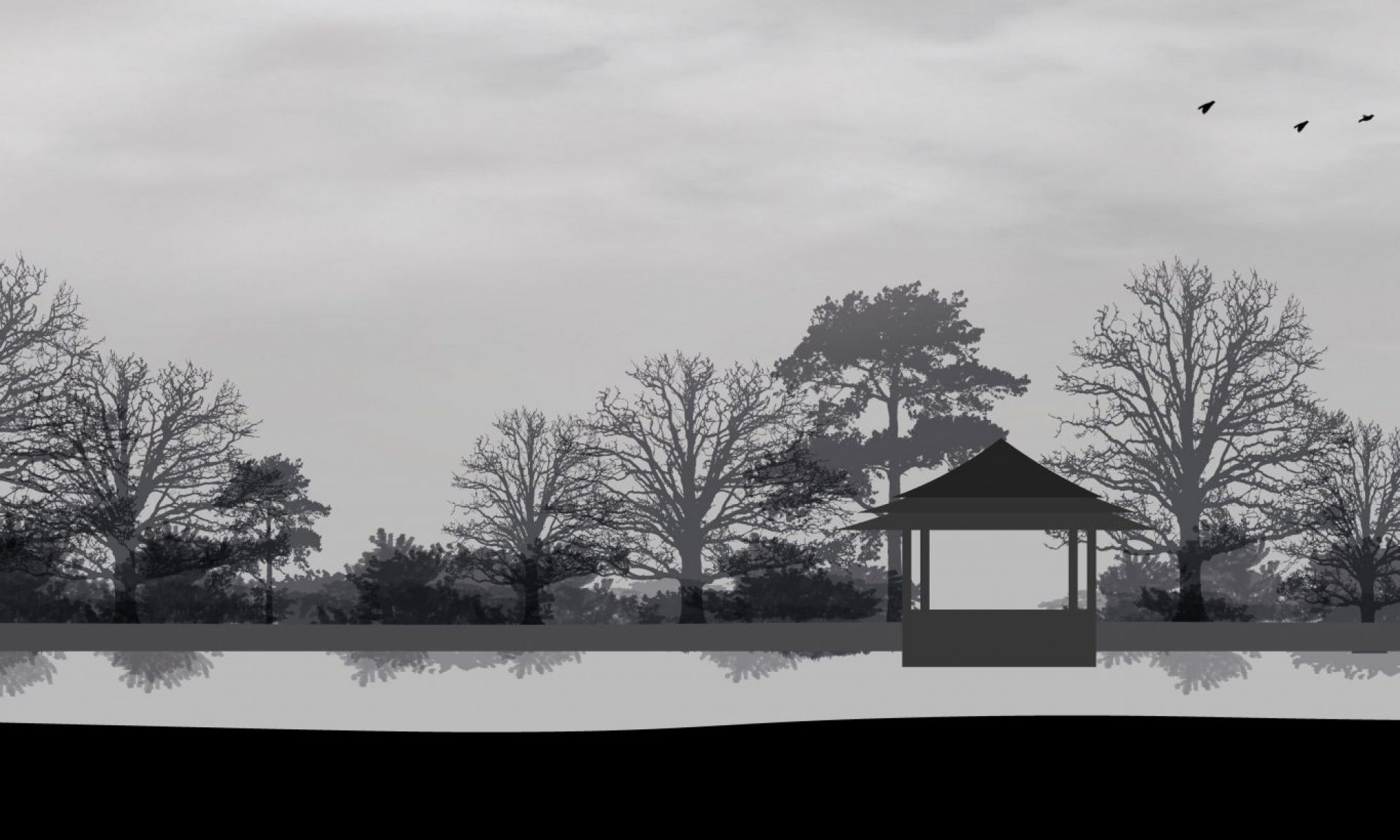Reflection
In the very last lecture for graphic design, we learnt how graphic design grows and changes into the ‘graphic design’ we known today. In the lesson, typography, logos, posters, books and magazines covers, etc… were introduced. I am mostly interested in the 1960s Esquire covers which catches my eyes.
The Esquire magazine & George Lois
It is an American men’s magazine founded in 1933. Its target audience is “successful men and men who want to be successful”.
George Lois as the art director of the Esquire magazine, produced iconic and remarkable covers in the 1960s, that depicts social controversy and challenges social norms in the 60s US.
Continue reading “Graphic Design So Far. Reflection [Y2: History of Design L4]”





